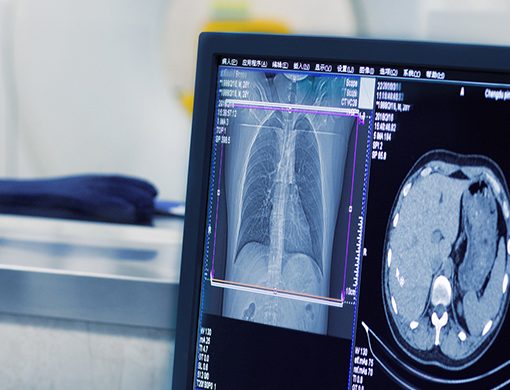Creating a custom alloy requires careful attention to details
Combining materials together into an alloy broadens their possible uses, minimizing undesirable properties and strengthening advantageous ones. The permutations are seemingly endless, and small tweaks can have a big effect on the alloy’s characteristics. Add Carbon to Iron to create Carbon Steel. Take it one step further and add Chromium, Nickel, and Molybdenum to make Stainless Steel. Both Carbon and Stainless Steels are strong, durable materials, but the alloying elements in Stainless give it increased corrosion resistance, and some grades have a shiny, decorative appearance.
Many combinations of elements already exist, and these alloys are available for purchase from a variety of sources. Innovative designs, however, spur advances in materials science because of new performance requirements. When an existing alloy can’t get the job done, a new material needs to be engineered. Custom alloys are manufactured in a variety of forms—rods, tubes, bars, plates—and often are used in high-tech applications, such as automotive, aerospace, and optical coatings.
When developing an entirely new formulation, it’s necessary to partner with a company experienced with alloy composition. The first step in the process is to consult with the metallurgist and discuss performance requirements, or, if you’re trying to recreate a historical alloy that’s not widely available, provide a sample for analysis. Verify that the alloy manufacturer has experience with the testing methods needed to ensure exact composition. Why is this important? Take a part in an aerospace or automotive application, for example, where the use of an incorrect alloy could cause the part to corrode more quickly than expected, leading to a premature, and possibly catastrophic, failure of the product.
During the alloy creation process metallurgists maintain control of the composition through testing methods such as Optical Emission Spectrometry (OES) and X-ray fluorescence (XRF). OES is performed by heating the surface of the material being tested until it reaches the point where it emits light. That emitted light is collected and dispensed via prism. The resulting spectrum shows the wavelengths of the specific elements that are present in the material, which are then further analyzed to determine the intensity of the wavelength, which will show how much of the element is present in the material. OES can determine the specific elemental makeup of an alloy by showing the percentage of each element present in the test sample.
XRF testing relies on an element’s unique fingerprint to determine the chemistry of the sample. It measures the secondary X-ray emitted from a source when it is excited by a primary X-ray, providing an easy-to-use, rapid, nondestructive analysis of materials. Additional options for testing and verification to ensure products meet or exceed critical specifications are undergoing regular quality assurance audits, partnering with independent laboratories for further testing, and achieving ISO 9001:2008 certification.
Belmont Metals, headquartered in Brooklyn, New York, has been in the metals business since 1896. Today, it operates a range of electric induction and gas-fired melting equipment, which is carefully monitored by the company’s state-of-the-art laboratory designed to ensure products meet customers’ needs. For custom alloys, Belmont’s test furnaces can produce small quantities for research and development purposes, and then, once the alloy meets specifications, the company can scale up production.

